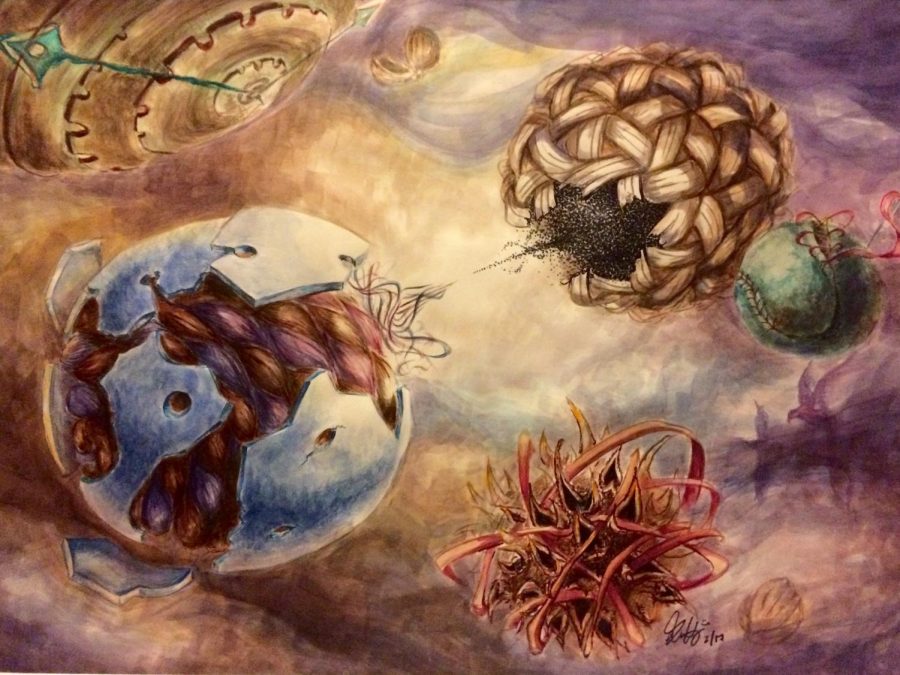Art Club officers share plans to pursue art beyond high school
Exploring Art Club officers’ post-high school plans
October 27, 2019
With the college applications process in full gear, many MVHS seniors spend their spare time profusely writing college essays, finalizing their college list or taking last-minute standardized testing.
Among those students is senior and Art Club Vice President Anahita Sukhija, although her first semester experience has been slightly unconventional from the MVHS norm, since her aspirations lie in the realm of the arts, specifically animation and illustration, she is applying to art schools such as Rhode Island School of Design.
According to Sukhija, most art schools require a portfolio element to be submitted along with college essays. Although test scores and GPA are also submitted, they don’t play as big of a role in admissions, with some schools not even requiring these measurables. For Sukhija, this emphasis on the portfolio over other facets of the application, such as essays and academics, is beneficial.
“I can just focus on compiling all my work that I think is the best and shows my skill as an artist instead of worrying about other things like SAT scores, which don’t matter at all in an art-related career,” Sukhija said.
The portfolio submitted to art schools not only communicates applicants’ technical art-based skills, but also their goals and aspirations as an artist. Since each institution has different requirements for its application and portfolio, Sukhija says that in total, most students create 20 to 30 art pieces and continue to tweak their work to best match all the requirements.
For senior and treasurer Alekhya Natarajan, such requirements create stress during the admissions process. According to Natarajan, prospective applicants usually work with their art teachers to receive advice and feedback on their portfolios. During one such feedback session, Natarajan realized that she was not satisfied with her work and decided to scrap many of her pieces last minute.
“[Applications are] just a very stressful process,” Natarajan said. “You have to make sure each portfolio you submit completely matches that specific college’s vibe and that it’s also representative of your best work. With all these different factors that you have to consider, it’s just really hard.”
Senior and president Grace Huang doesn’t plan to pursue art as a career. However, she maintains that art has been an important part of her life and although she may not be an artist in the future, she wants to continue doing it as a full-time hobby. For Huang, art offers an escape from the humdrum of daily existence.
“Art isn’t just the canvas or paper,” Huang said. “Art can be the process — what people see, what people feel and how people interact with it. In this community of numbers and academic excellence, I think I love art the most because it allows me to express myself.”
Sukhija agrees with Huang’s perspective and is applying to art schools for this reason. In her eyes, art transcends a mere hobby, and she sees herself creating art for a lifetime.
“I love art, and I couldn’t imagine my life without it,” Sukhija said. “That’s why this whole applying to college process doesn’t faze me that much because I know it’s a necessary step in getting to where I want to go.”




























